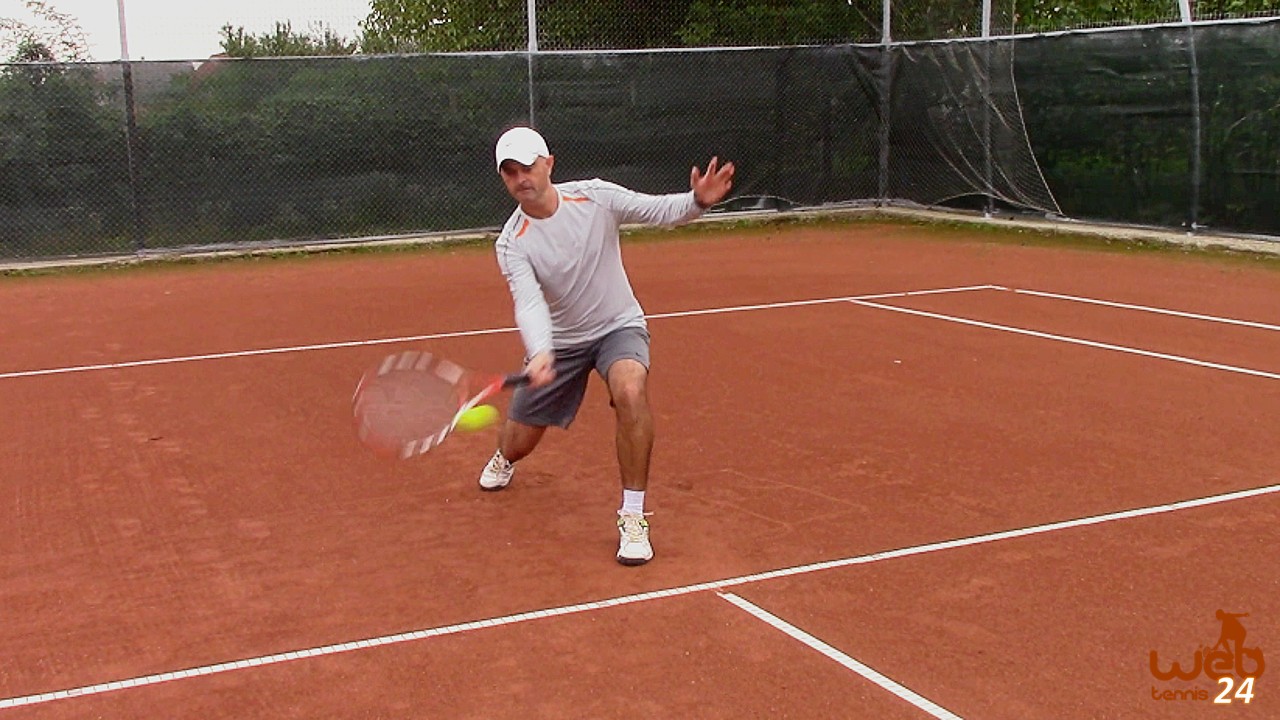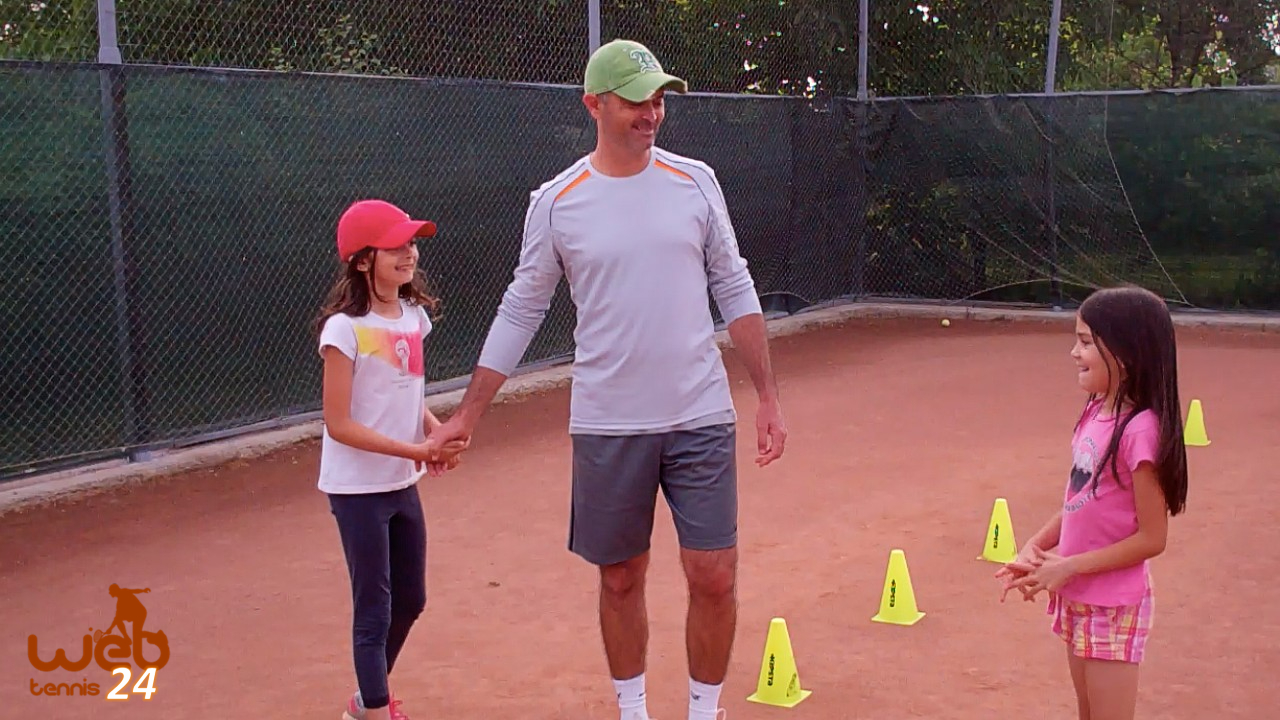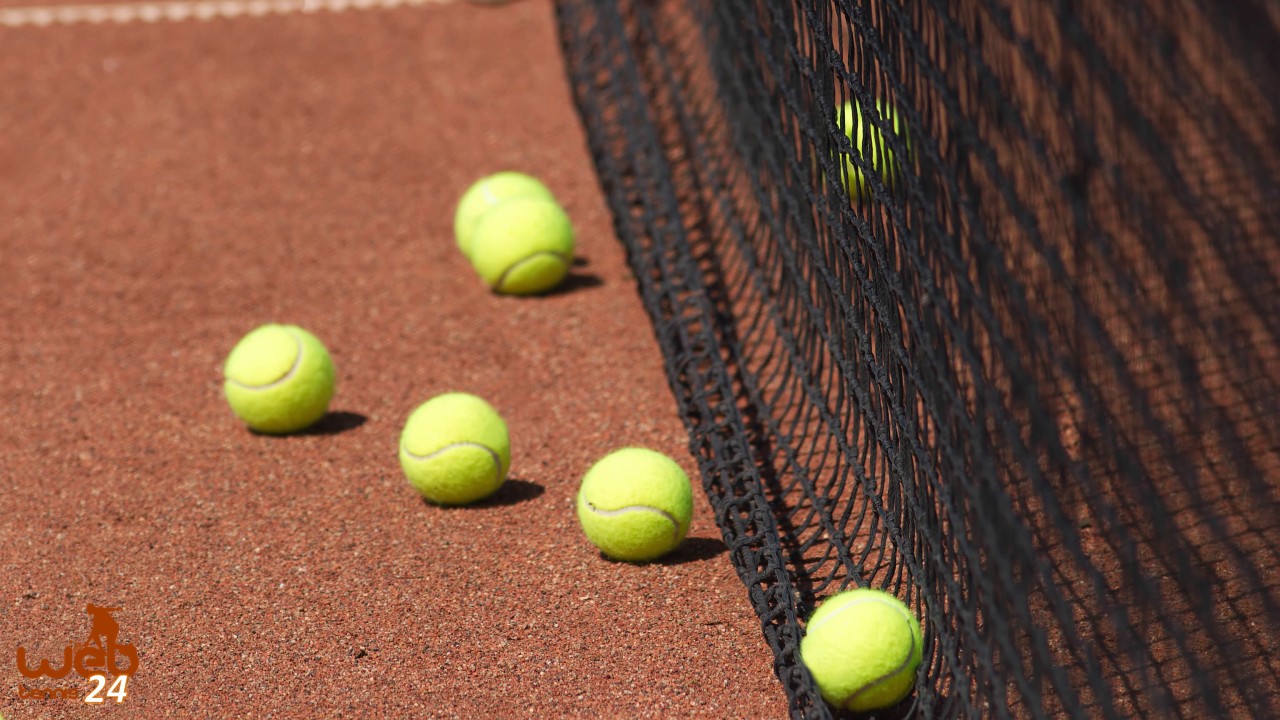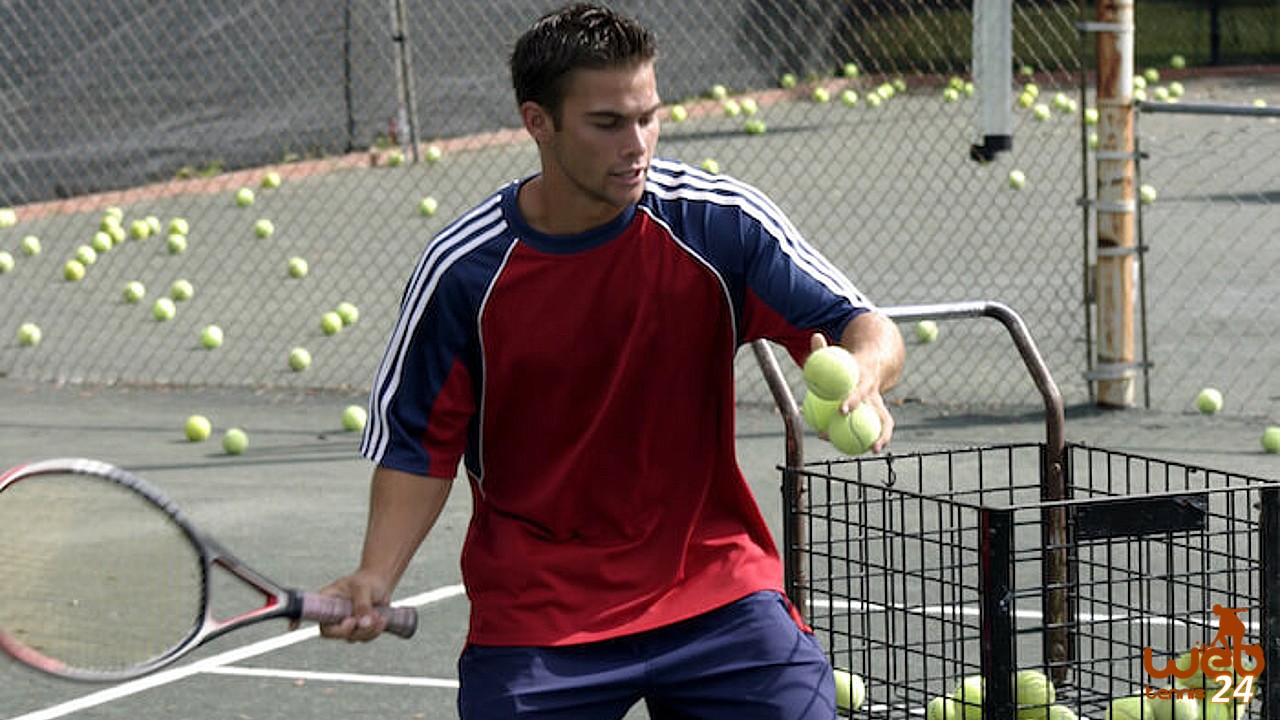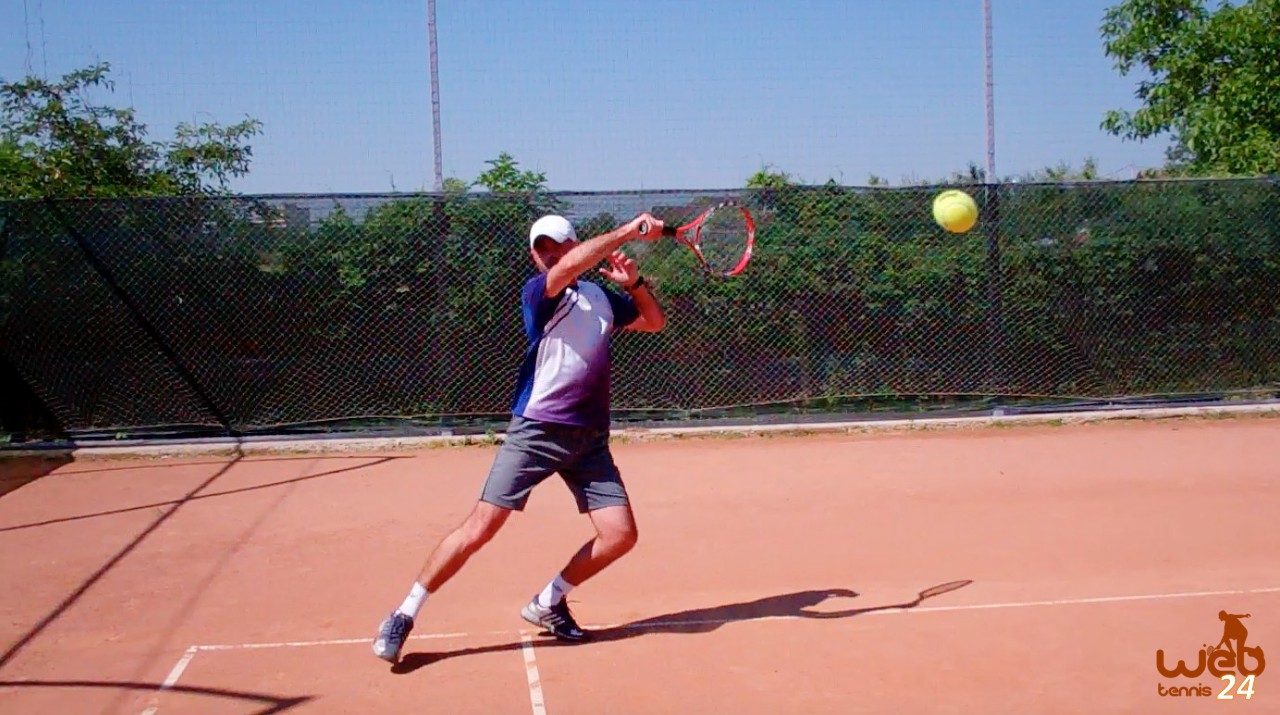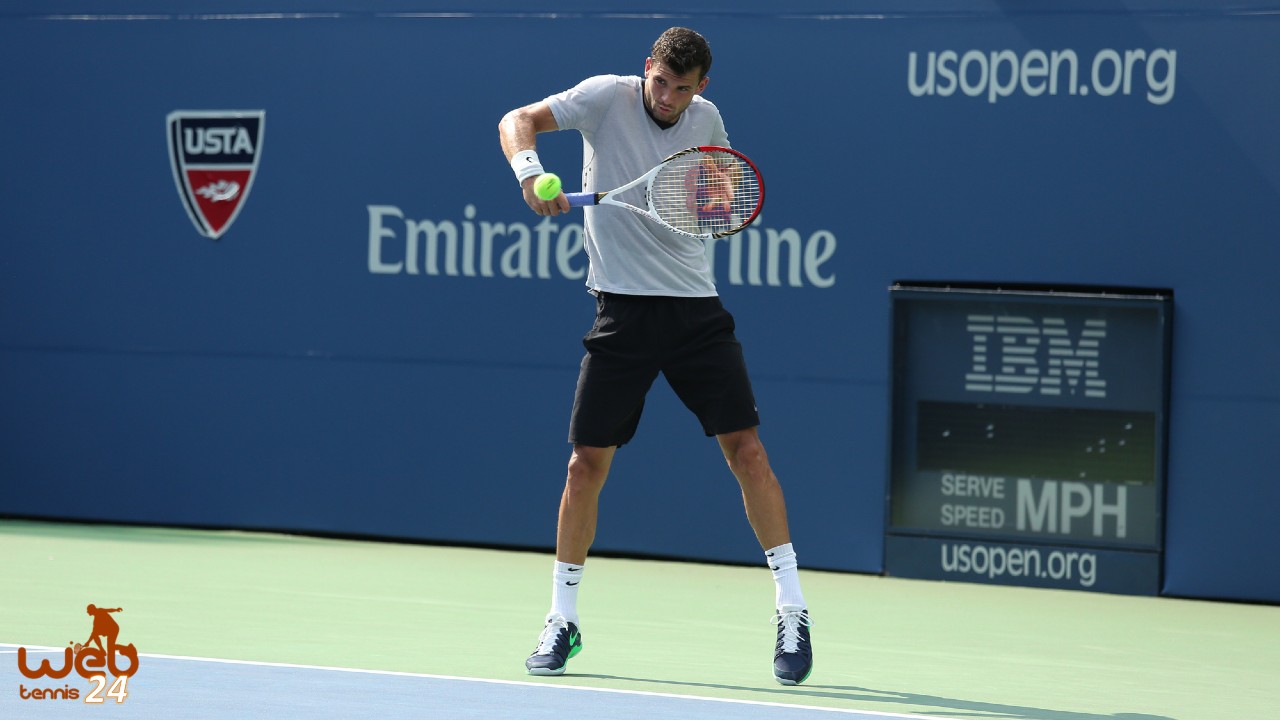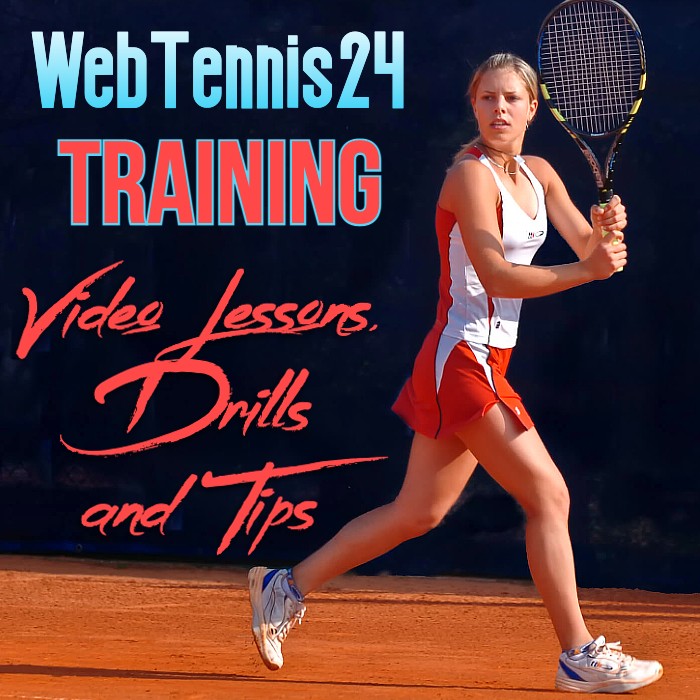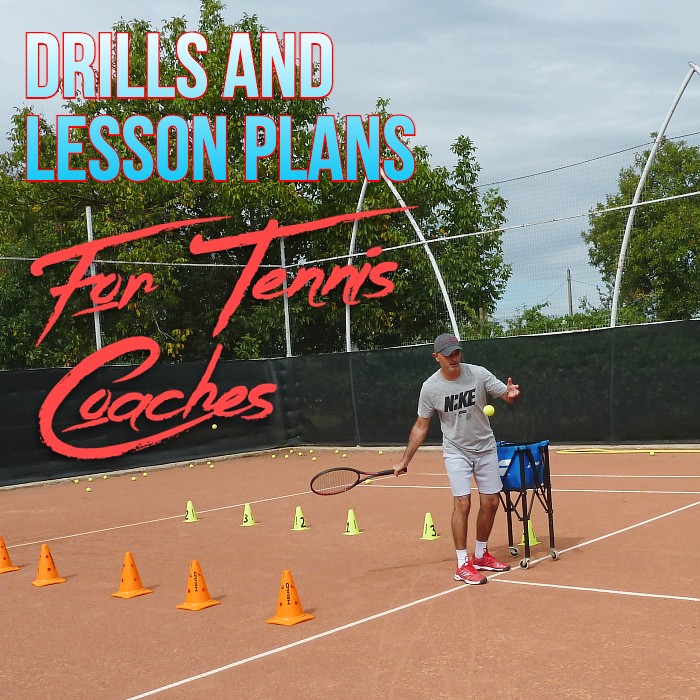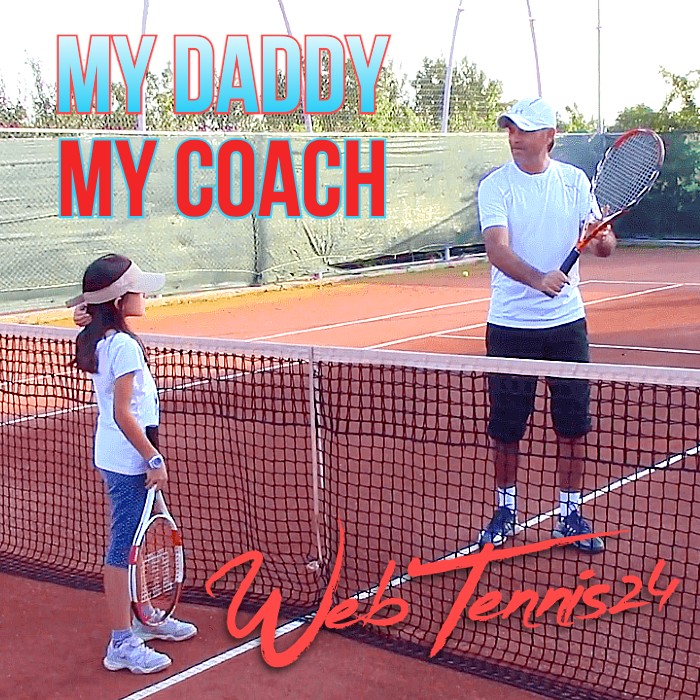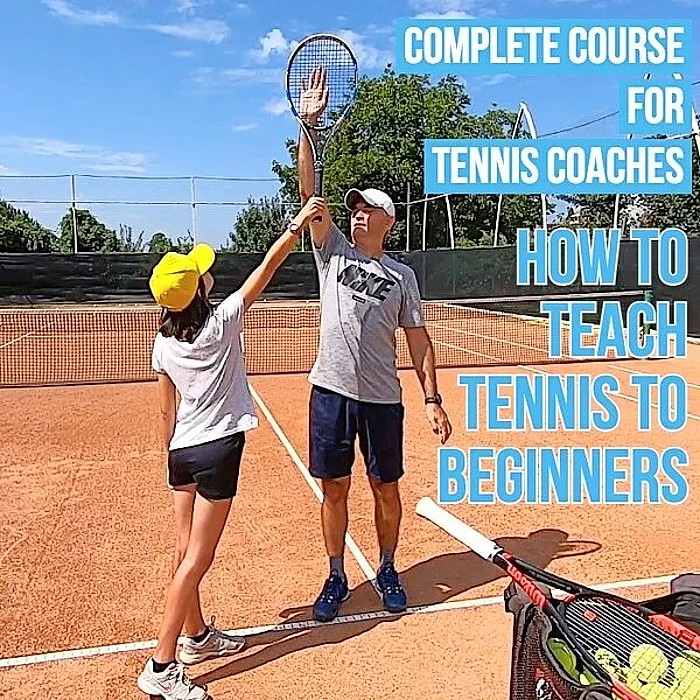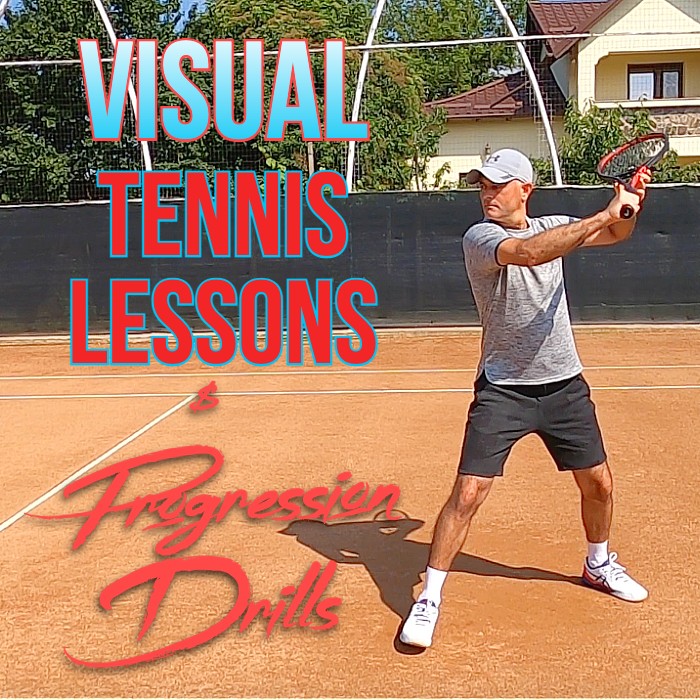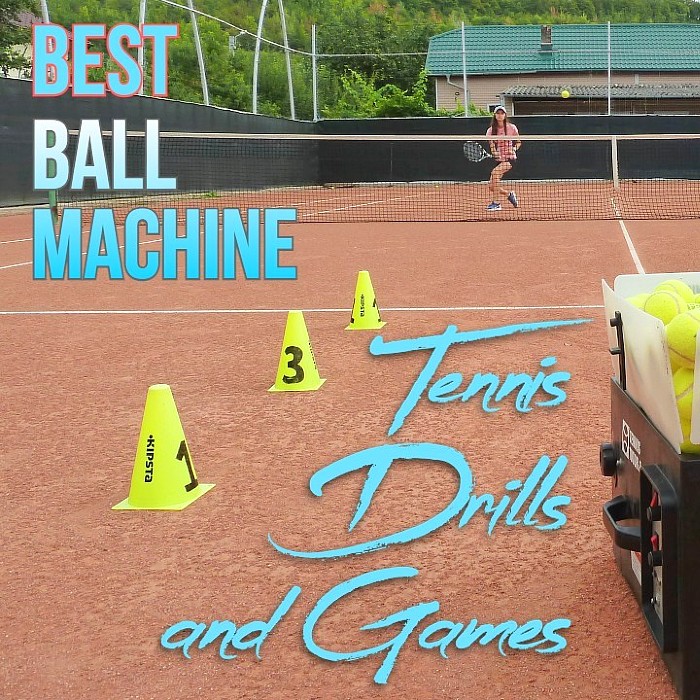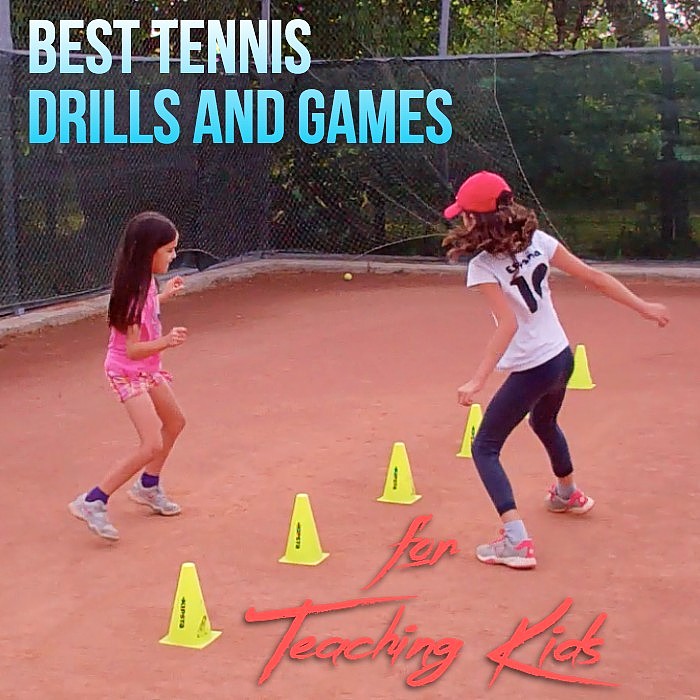How to Teach Tennis to VERY Young Children (3-5 Years Old)
As a tennis coach, I am often asked how to teach the sport to very young children, specifically those aged 3-5 years old. In this article, I would like to share some tips and techniques that have worked well for me in the past.
Consider the child’s prior experience
First, it is important to consider whether the child has had any prior experience with tennis. If they have, find out whether they have taken private or group lessons. If they are new to the sport, focus on hand-eye coordination exercises and basic techniques.
Introduce games and drills
There are plenty of fun games and drills you can use to keep young children engaged, such as “Throw and Catch,” “Jail Breaker,” “Caterpillar,” and “Potato Race.” Remember, the aim is to keep the lessons fun and active, so try to avoid making them stay in line for too long. Kids of this age group tend to get bored easily, so keep them moving and engaged as much as possible.
Make it fun
In a group setting, when working with children individually, give tasks to the others, such as picking up balls, jumping rope, or bouncing a ball, to keep everybody active. Try to make this fun, too, by turning it into a competition to see who can make the biggest pile of balls on their racket, for example.
Keep the lessons short and intense
For children under 6 years old, I recommend no longer than 45 minutes per lesson, and for 3-4-year-olds, even shorter, around 30 minutes. This ensures they don’t get too tired or exhausted, and they are able to retain what they have learned.
In conclusion, teaching tennis to very young children can be a lot of fun if approached in the right way.
Keep the lessons fun, active, and engaging, and focus on basic techniques and hand-eye coordination exercises. With a little patience and creativity, you will be amazed at how quickly they can pick up the sport!
If you want to learn how to teach tennis to young children consider the following WebTennis24 coaching courses:
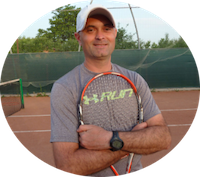
Cosmin Miholca
Certified Tennis Coach
Check out my work at WebTennis24 where I share with you my best video tennis lessons, drills and tips for players, coaches and tennis parents.

